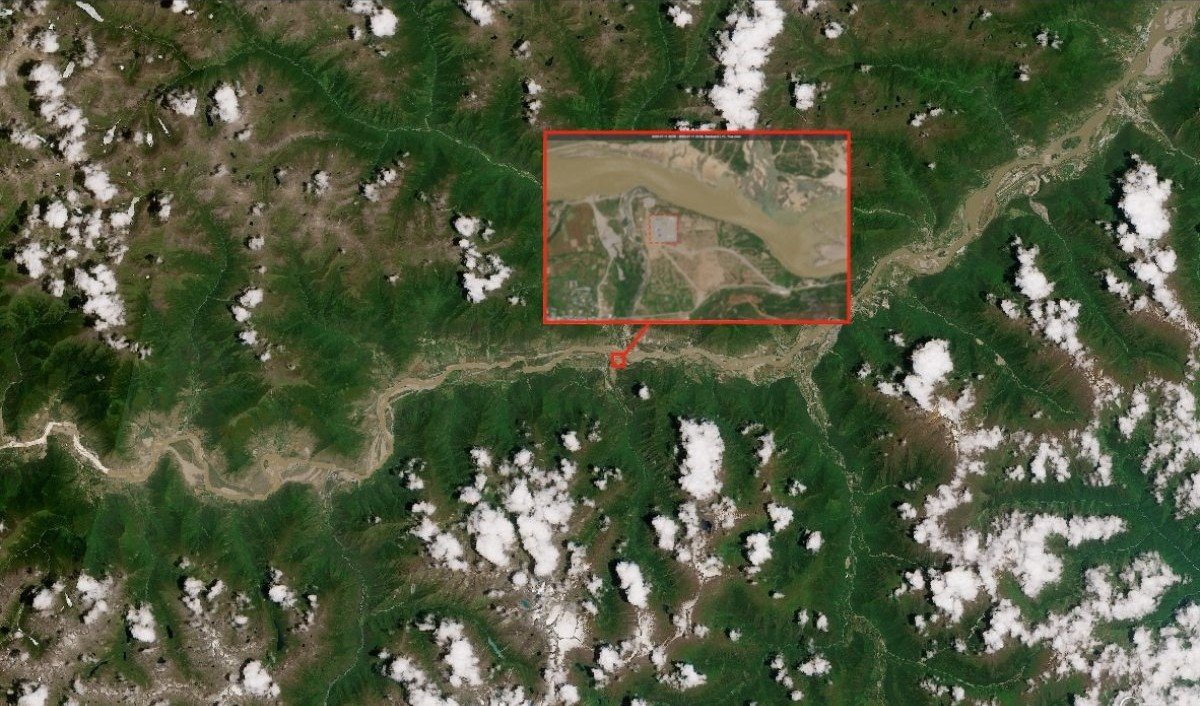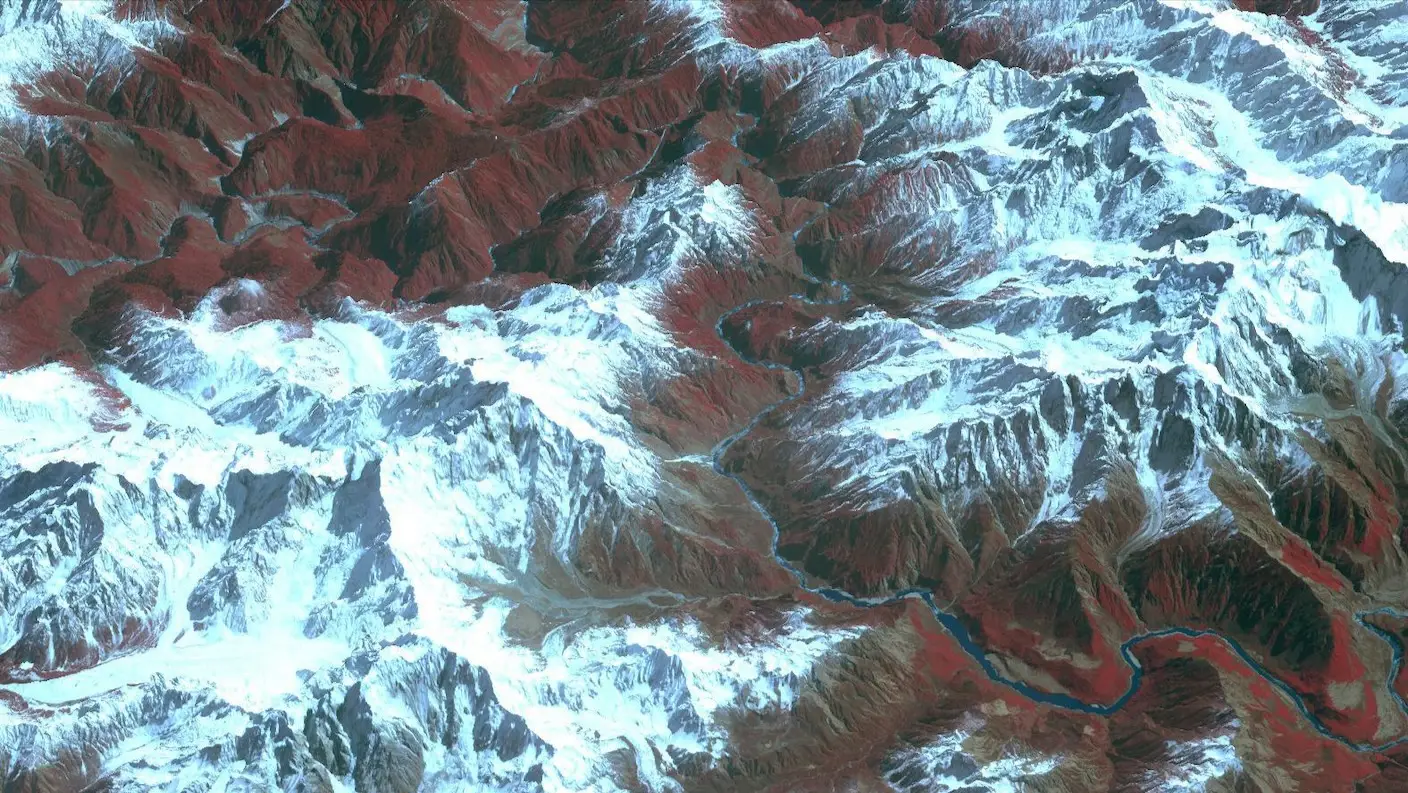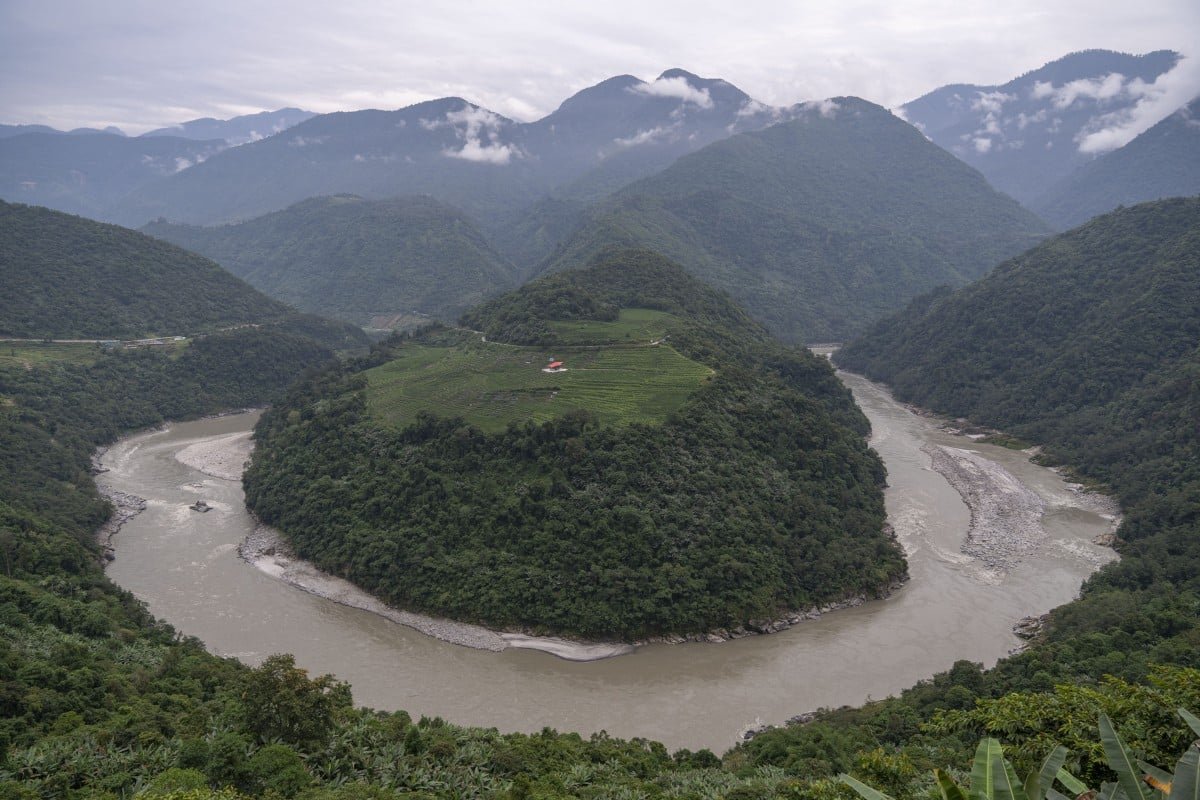BEIJING, China — Chinese authorities have commenced construction on what is projected to be the world’s largest hydropower dam within Tibetan territory, a project that has immediately triggered concerns from downstream nations, particularly India and Bangladesh.
Chinese Premier Li Qiang presided over a ceremony on Saturday marking the start of construction on the Yarlung Tsangpo river, which flows through the Tibetan plateau, according to local media reports.
The project has drawn criticism for its potential ramifications on millions of Indians and Bangladeshis residing downriver, as well as its environmental impact and implications for local Tibetan communities.
Beijing states that the ambitious scheme, estimated to cost 1.2 trillion yuan (approximately $167 billion USD; £125 billion GBP), will prioritize ecological protection and significantly boost local prosperity.
Once completed, this project, also known as the Motuo Hydropower Station, is set to surpass the Three Gorges Dam as the world’s largest, with the potential to generate three times more energy.
Experts and officials have voiced concerns that the new dam could grant China substantial control over the trans-border Yarlung Tsangpo, which flows southward into India’s Arunachal Pradesh and Assam states, as well as Bangladesh, where it feeds into the Siang, Brahmaputra, and Jamuna rivers.
A 2020 report by the Lowy Institute, an Australian think tank, highlighted that “control over these rivers [in the Tibetan Plateau] effectively gives China a chokehold on India’s economy.”

Earlier this month, Arunachal Pradesh Chief Minister Pema Khandu expressed alarm in an interview with news agency PTI, stating that the Siang and Brahmaputra rivers could “dry up considerably” upon the dam’s completion.
He further added that the dam was “going to cause an existential threat to our tribes and our livelihoods. It is quite serious because China could even use this as a sort of ‘water bomb’.”
Khandu elaborated on the potential catastrophic impact, saying, “Suppose the dam is built and they suddenly release water, our entire Siang belt would be destroyed. In particular, the Adi tribe and similar groups… would see all their property, land, and especially human life, suffer devastating effects.”
In January, a spokesperson for India’s Ministry of External Affairs affirmed that concerns about the impact of mega-dams had been communicated to China. India had urged Beijing to “ensure the interests of downstream states” were not harmed and emphasized the “need for transparency and consultation with downstream countries.”
In response, India plans to construct a hydropower dam on the Siang river, intended to act as a buffer against sudden water releases from China’s dam and to prevent flooding in its own territories.

China’s foreign ministry previously responded to India in 2020, asserting that China has a “legitimate right” to dam the river and has taken downstream impacts into consideration. Bangladesh also conveyed its concerns to China regarding the project, with officials sending a letter to Beijing in February requesting more information on the dam.
Chinese authorities have long recognized the immense hydropower potential of the dam’s chosen location in the Tibet Autonomous Region. It is situated within a massive canyon, reportedly the world’s deepest and longest on land, along a section where the Yarlung Tsangpo – Tibet’s longest river – makes a sharp U-turn around the Namcha Barwa mountain. This geological feature, termed “the Great Bend,” sees the river dramatically drop hundreds of meters in elevation.
Earlier reports indicated plans to drill multiple 20km-long tunnels through the Namcha Barwa mountain to divert part of the river. Over the weekend, a Xinhua report on Premier Li Qiang’s visit stated that engineers would conduct “straightening” work and “divert water through tunnels” to build five cascading power stations.
Xinhua also reported that the hydropower dam’s electricity would primarily be transmitted out of the region to power eastern metropolises, while also accommodating Tibet’s local needs.
Also Read: The silent giant reshaping Africa: A continent remade in China’s image?
President Xi Jinping has personally championed this policy, known as “xidiandongsong,” or “sending western electricity eastwards,” aiming to utilize the steep valleys and powerful rivers of China’s rural west, where Tibetan territories are located, to build mega-dams and hydropower stations to sustain the country’s electricity-hungry eastern cities.
The Chinese government and state media have presented these dams as a beneficial solution that reduces pollution and generates clean energy while simultaneously uplifting rural Tibetans. However, activists argue that the dams represent the latest instance of Beijing’s exploitation of Tibetans and their land, noting that past protests have been suppressed.
Last year, hundreds of Tibetans protesting another hydropower dam were rounded up by the Chinese government, resulting in arrests and beatings, with some individuals seriously injured, as verified by Vivid Voice News through sources and footage.
Concerns also extend to the environmental impact, including the potential flooding of Tibetan valleys renowned for their biodiversity, and the inherent dangers of constructing dams in a seismically active region prone to earthquake fault lines.

